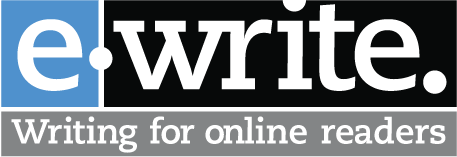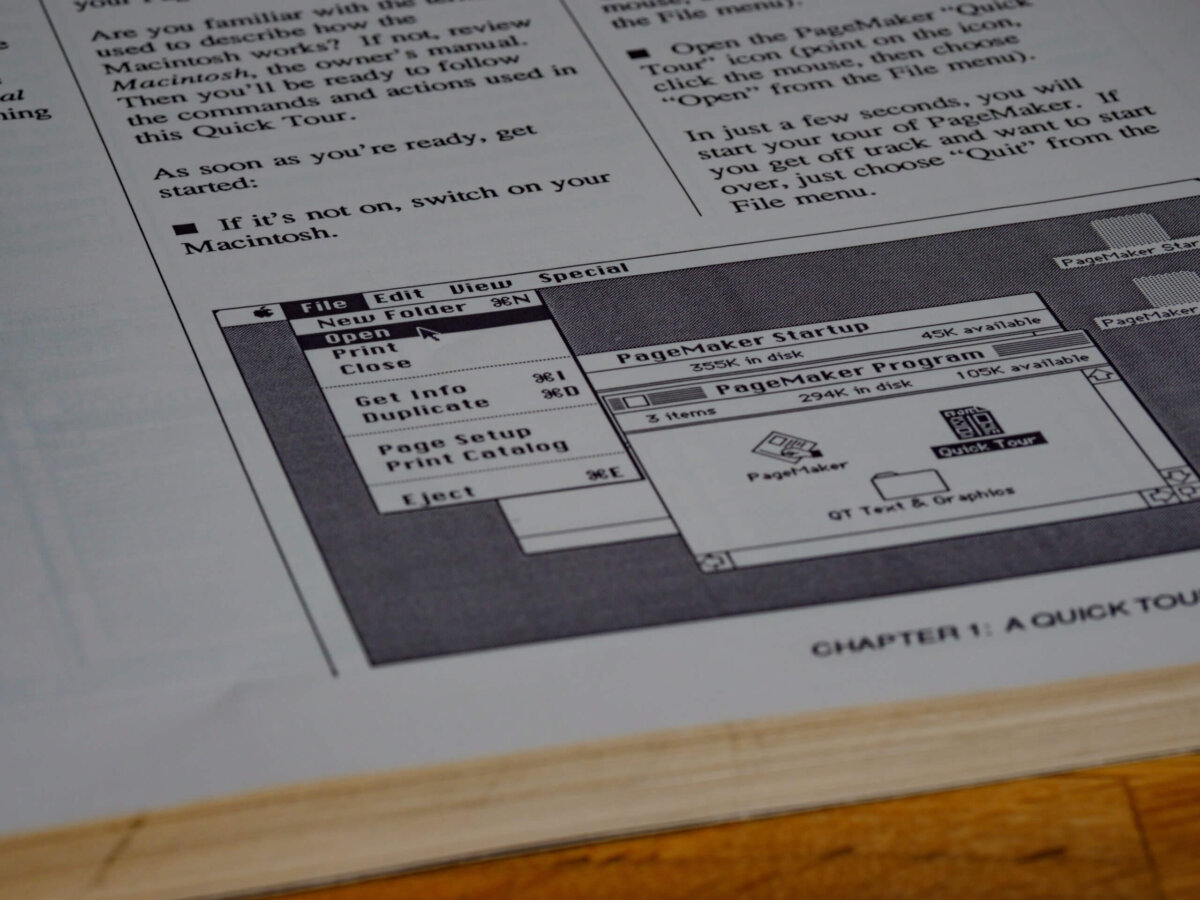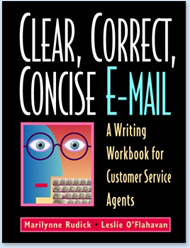I had a chance this week to play catch-up and take a look at blog posts that I’d flagged as interesting but hadn’t the time to read. One of the posts was from Copyblogger: “Everything You Need to Know About Creating Killer Content in 3 Simple Words.” Guest writer Demian Farnworth suggests that clear, concise, and compelling are the three components of killer web content.
Writing clear and concise web content may require some heavy lifting—rewriting and editing. But there’s general consensus and plenty of “how to” guidance, from the iconic Elements of Style to our own workbook Clear, Correct, Concise E-Mail.
Compelling is more subjective. There aren’t straightforward rules or checklists that you can use or even agreement on what is compelling content. One person’s compelling may be another person’s ho-hum. Trying to define compelling recalls Supreme Court Justice Potter Stewart’s famous definition of pornography in a 1964 obscenity case: “I know it when I see it.”
Demian says that a key to writing compelling content is tapping into human emotions. “You have to uncover what makes your reader tick. What strokes his ego. What plucks his gut strings. What keeps him up at night. And when you uncover that hot spot, punch it.”
Sometimes writing compelling content is easy because the story itself tugs at our emotions: miraculously landing a disabled jet or tracking swine flu. But as workplace writers, most of us aren’t given the gift of a naturally compelling story. More often we struggle with how to sell a useful—but not intrinsically spellbinding—product or service. Content becomes compelling when you successfully identify the reader’s pain, then skillfully offer cures.
Compare these two examples of web content about a similar—and very unsexy—product: tax software for small businesses. Which do you find compelling? Why?
Tax Software A: Online Home & Business
The Biggest Refund for You & Your Business
- Uncovers refund-boosting business write-offs
- Finds industry-specific deductions for bigger tax savings
- Easily gets you the maximum tax refund, guaranteed
Provides Extra Guidance for Finding Self-Employment Deductions to Help You Get a Bigger Refund
- Easier Interview — Customizes questions based on your business profile (sole-proprietor, consultant, 1099 contractor, and single-member LLC) and gives you step-by-step guidance for entering income and expenses.
- Helps Find Small-Business Tax Deductions — Shows you which expenses you can deduct for your vehicle, supplies, utilities, home office expenses, and more, to help you get every business deduction you deserve for the biggest possible refund.
- Finds Deductions Specific to Your Business — Walks you through tax write-offs common to your type of business so you don’t miss any opportunities to save on your taxes.
Tax Software B: Home & Business + E-file
What’s in the box?
- 5 free federal e-files for your personal taxes
- One personal state program
- Unlimited business state programs
- Worry-free Audit Support
Makes Personal and Business Taxes Easy
- Project your estimated business earnings and tax liabilities for the next 3 years.
- Calculate and track depreciation for various types of business assets.
- Quickly prepare and print K-1, W-2, and 1099 forms and reports.
- One Ask a Tax Advisor session included for your personal taxes. A tax professional can help answer your tax question via 1-on-1 phone or e-mail consultation.
Which of these did you find more compelling? My choice is Tax Software A. It identifies my pain: dread of doing taxes and fear of doing it wrong. Then it offers a cure: easy-to-use software that simplifies the onerous task, and even better, gets me the biggest refund.
Tax Software B focuses on what it is — software and forms — not what it does for me. The focus on forms (federal and state tax forms, K-1, W-2 109) makes me feel like this is going to be a lot of work. The Worry-free Audit Support and the Ask a Tax Advisor session elicit my biggest fear: tax audit. But the content doesn’t do a good job of alleviating my fear. (I’d prefer avoiding the audit to getting audit support.)
The goal of compelling content is to get your reader to take action. Identifying my pain and providing cures are compelling reasons for me to buy Tax Software A now. (Maybe it will even make taxes fun!)
Do you have any examples of compelling content? Send us examples and tell us why you find the content compelling.
— Marilynne Rudick (guest blogger)
Tags: Content, Writing






0 Comments